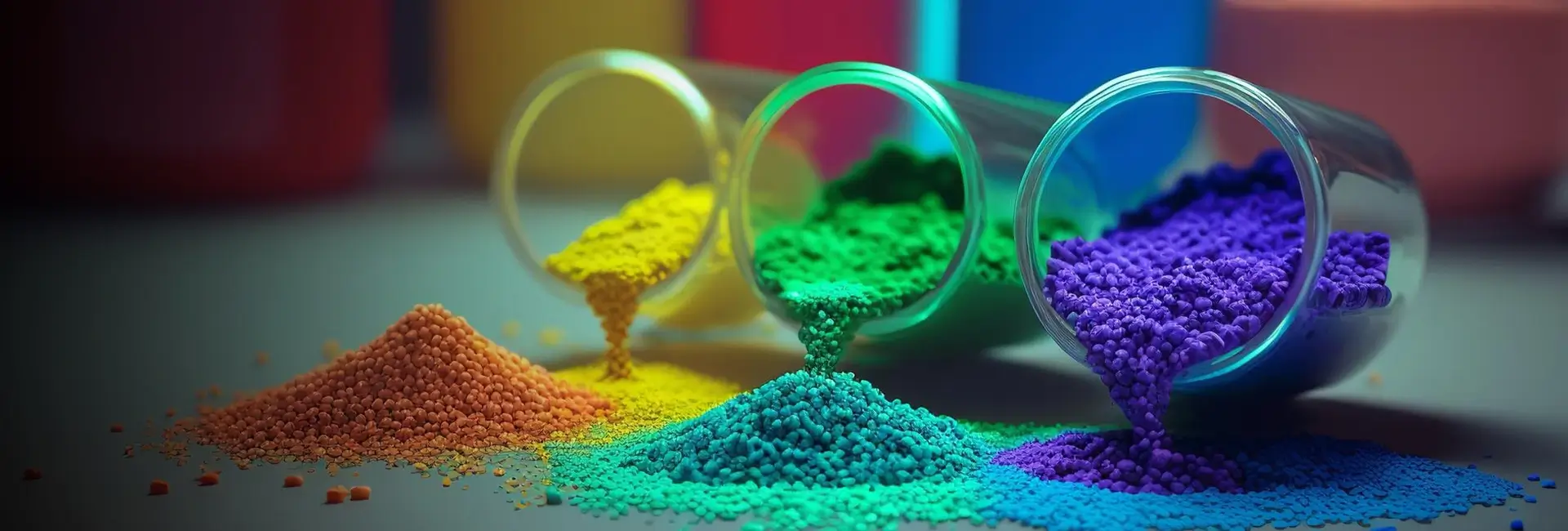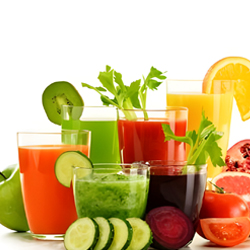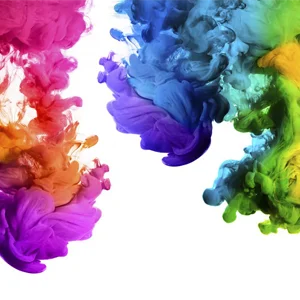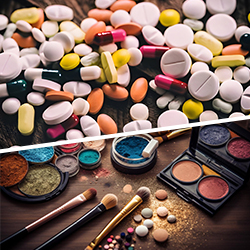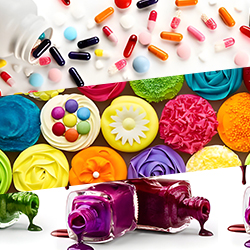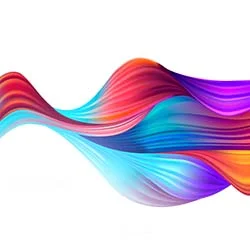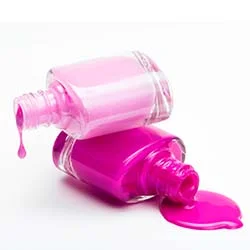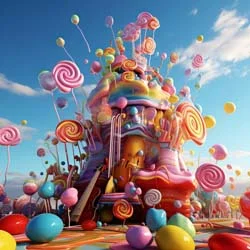Lake Colours: Natures Breathtaking Palette
When we think of lakes, the first image that comes to mind is often a calm blue water body reflecting the sky above. But around the world, there are lakes that surprise and mesmerize visitors with their extraordinary and vibrant hues. From sparkling turquoise and deep emerald to vivid pink and rusty red, lake colours vary dramatically based on environmental, chemical, and biological factors. These coloured lakes are not only breathtaking but also hold fascinating scientific explanations behind their appearances.
In this blog, we’ll explore the magical world of Pink Lake, understand what causes these natural phenomena, and highlight some of the most stunning coloured lakes around the world.

What Determines Lake Colours?
The natural colour of a lake isn’t just a reflection of the sky it’s influenced by a combination of several factors:
1. Algae and Microorganisms
Certain species of algae and bacteria can significantly alter the colour of a lake. For example, Dunaliella salina, a type of halophile micro-algae, is responsible for turning lakes pink or red in saline environments.
Read also:
Food Colours
Lake Colors
2. Mineral Content
The presence of minerals like calcium carbonate, sulfur, or iron can give lakes distinct hues. For example, a high concentration of calcium carbonate can make water appear milky turquoise, while iron can lend a reddish or brown tint.
3. Sediments and Particles
Fine sediments suspended in the water scatter sunlight differently, which affects the lake’s perceived colour. Glacial lakes, rich in “rock flour” from ground-up rocks, often appear bright blue or green.
4. Depth and Clarity
Shallower lakes often appear more vibrant due to the reflection from the bottom, while deeper lakes may appear darker. Clarity also impacts how light penetrates and is absorbed or reflected.
5. Temperature and Seasons
Seasonal changes affect algal blooms, ice cover, and mineral runoff—contributing to seasonal shifts in Pink Lake.
Why Do Lakes Change Colour Over Time?
Natural Lake can vary from season to season or even year to year due to:
-
Climate change
-
Changes in rainfall or snowmelt
-
Increased human activity and pollution
-
Natural disasters such as volcanic eruptions
For example, lakes that are usually blue can appear green after heavy rainfall due to increased sediment or nutrient runoff, which can encourage algal blooms.
Famous Coloured Lakes Around the World
1. Lake Hillier, Australia
Probably the most famous pink lake in the world, Lake Hillier’s bubblegum pink colour is due to Dunaliella salina algae and high salt content. Interestingly, even when the water is bottled, it remains pink.
2. Laguna Colorada, Bolivia
Also known as the Red Lagoon, this shallow salt lake is coloured red by red algae and sediments. It’s a haven for flamingos and is located at a high altitude in the Andes.
3. Moraine Lake, Canada
Located in the Canadian Rockies, Moraine Lake is known for its striking turquoise colour, caused by light refracting off the rock flour deposited by glaciers.
4. Lake Natron, Tanzania
This deep red lake is extremely alkaline, with a pH as high as 10.5. The red hue comes from salt-loving microorganisms. Interestingly, it’s also known for calcifying birds that die in its waters, creating an eerie, museum-like appearance.
5. Jiuzhaigou Lakes, China
Located in a UNESCO World Heritage Site, these lakes are known for their brilliant blue and green colours, constantly changing due to algae, minerals, and varying sunlight angles.
6. Lake Retba, Senegal
Another famous pink lake, especially during the dry season. Its colour is a result of high salt concentration and the presence of Dunaliella salina.
Lake Colours and Ecosystem Health
Coloured Lakes are more than just a visual marvel—they can be indicators of a lakes health. For example:
-
Clear blue lakes usually indicate low nutrient levels and healthy aquatic life.
-
Green or murky lakes can be signs of algal blooms caused by nutrient pollution (eutrophication).
-
Red or brown lakes may suggest high salinity, iron content, or unique microbial ecosystems.
Monitoring the changing colours of lakes is important for environmental scientists to track the health of ecosystems and the impact of climate change.
Cultural and Spiritual Significance of Coloured Lakes
In many cultures, coloured lakes are not just geographical wonders but also spiritual landmarks. For example:
-
Lake Manasarovar in Tibet is considered sacred in Hinduism and Buddhism, known for its crystal-clear blue water.
-
In the Andes, Laguna Verde and Laguna Colorada are part of ancient indigenous rituals.
-
Some pink and red lakes are believed to be cursed or enchanted due to their unnatural appearance.
These lakes are often places of pilgrimage, meditation, and storytelling, enriching their value beyond their physical beauty.
Ecotourism and the Future of Coloured Lakes
As the popularity of coloured lakes rises thanks to Instagram and travel blogs, many of these locations are becoming tourist hotspots. While tourism helps local economies, it also poses risks such as:
Sustainable tourism is vital. Visitors are encouraged to follow Leave No Trace principles, avoid littering, and respect local customs and wildlife.
Some governments and environmental bodies are now regulating access to delicate lake areas to preserve their unique beauty and ecological balance.

